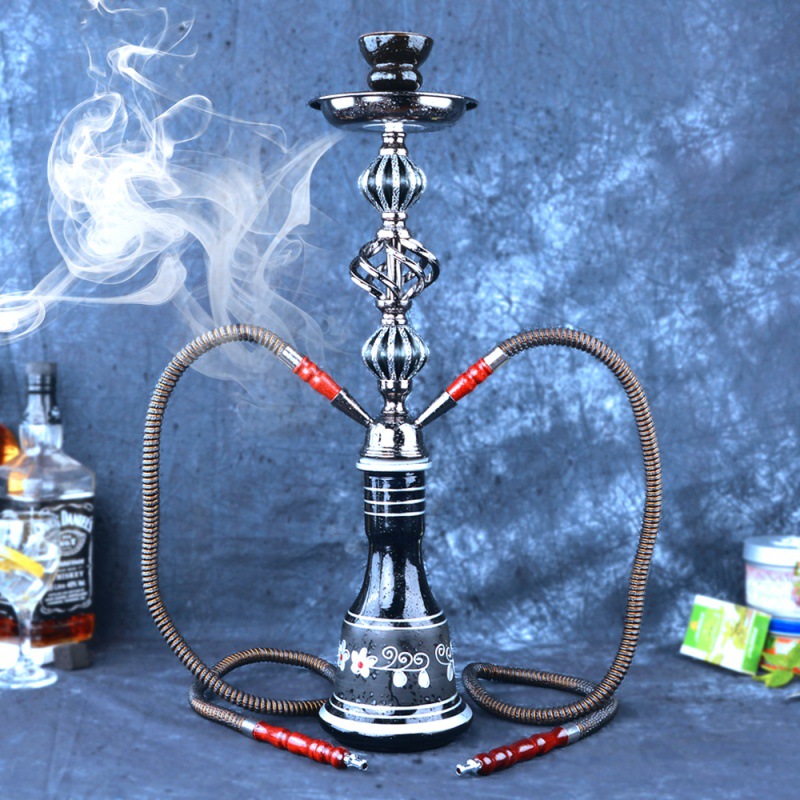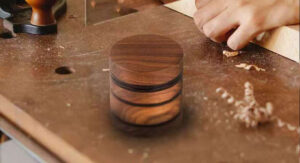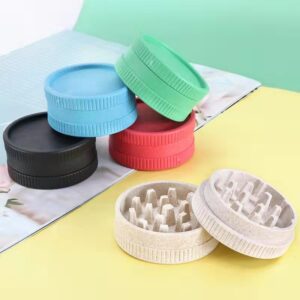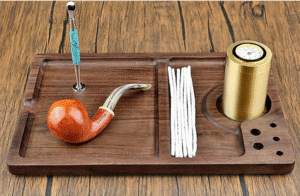A waterpipe, commonly known as a bong, is a filtration device used primarily for smoking herbs, tobacco, or other smokable substances. It employs water to cool, filter, and diffuse smoke before inhalation, resulting in a smoother, less harsh experience compared to other smoking methods. waterpipes have been used for centuries across various cultures and are popular for both recreational and medicinal purposes. Below is a detailed exploration of waterpipes, covering their history, components, materials, types, functions, usage, cleaning, and cultural significance, presented in a structured and comprehensive manner.
1. Components of a waterpipe
A waterpipe consists of several key components, each contributing to its functionality:
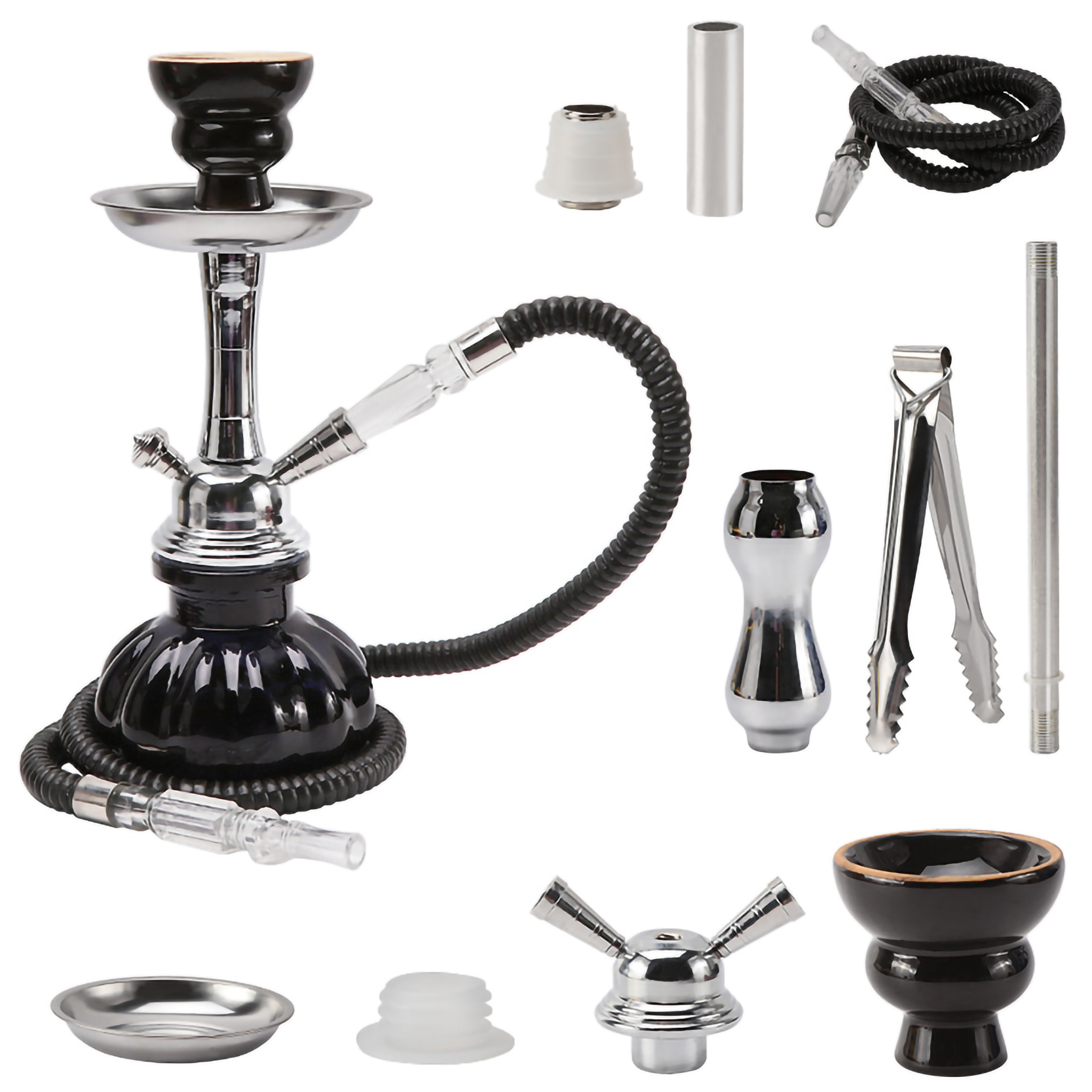
Chamber: The main body of the waterpipe, which holds water and serves as the filtration reservoir. It’s typically cylindrical or bulbous and varies in size.
Bowl: A small, removable piece where the smokable material (e.g., herbs or tobacco) is placed. The bowl connects to the downstem or directly to the chamber.
Downstem: A tube that directs smoke from the bowl into the water in the chamber. Some waterpipes have fixed downstems, while others have removable ones.
Percolator (Perc): An additional filtration component inside the chamber that further diffuses smoke through water, enhancing cooling and smoothness. Common percolator types include tree, honeycomb, and showerhead.
Mouthpiece: The opening at the top of the waterpipe where the user inhales the filtered smoke.
Carb Hole (Optional): A small hole on some waterpipes that allows the user to control airflow. Covering or releasing the carb clears the chamber of smoke.
Ice Catcher (Optional): A set of pinches or a compartment in the neck of the pipe that holds ice cubes to further cool the smoke.
Splash Guard (Optional): A feature that prevents water from reaching the mouthpiece during inhalation.
These components work together to filter, cool, and deliver smoke, with variations in design affecting the smoking experience.
2. Materials Used in waterpipes
waterpipes are crafted from various materials, each offering distinct advantages and aesthetic qualities:

Glass: The most popular material due to its transparency, ease of cleaning, and neutral taste. Borosilicate glass, known for its heat resistance, is commonly used. Glass waterpipes range from simple designs to intricate, hand-blown art pieces.
Acrylic/Plastic: Lightweight, durable, and affordable, acrylic waterpipes are ideal for beginners or portable use. However, they may retain odors and are less heat-resistant.
Ceramic: Ceramic waterpipes are valued for their artistic designs and durability but are heavier and more fragile than glass or acrylic.
Metal: Metal waterpipes, often made from stainless steel or aluminum, are highly durable and portable but less common due to potential metallic taste and difficulty cleaning.
Silicone: A modern, flexible, and unbreakable material, silicone waterpipes are portable and easy to clean, though they may impart a slight taste to the smoke.
Bamboo/Wood: Traditional in some cultures, bamboo or wooden waterpipes offer a rustic aesthetic but require metal or glass linings to handle heat and are harder to maintain.
Stone: Rare and high-end, stone waterpipes (e.g., marble or soapstone) are durable and visually striking but heavy and expensive.
Material choice depends on budget, portability, aesthetics, and intended use, with glass dominating due to its versatility and purity.
3. Types of waterpipes
waterpipes come in various designs, each tailored to specific preferences or smoking experiences:
Straight Tube: A simple, cylindrical design with a single chamber, offering direct airflow and easy cleaning.
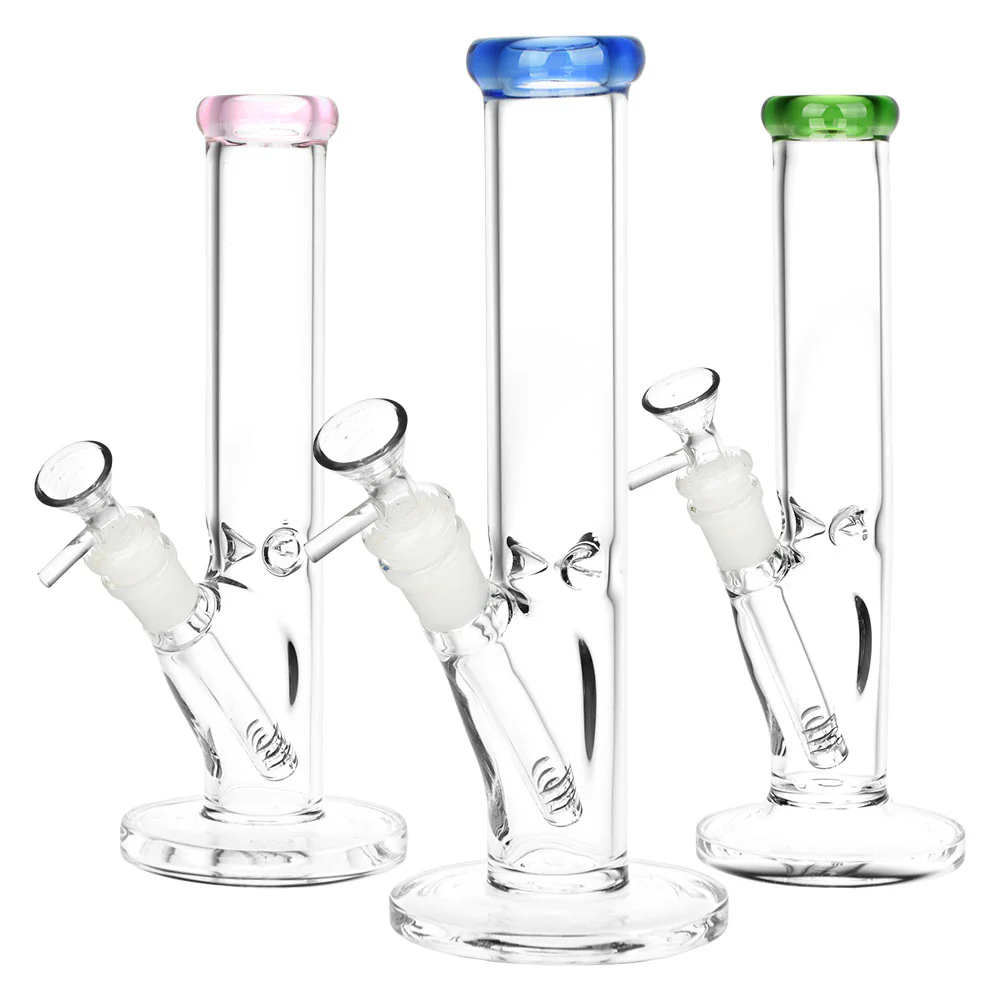
Beaker Base: Features a wide, conical base for stability and increased water capacity, ideal for larger hits.
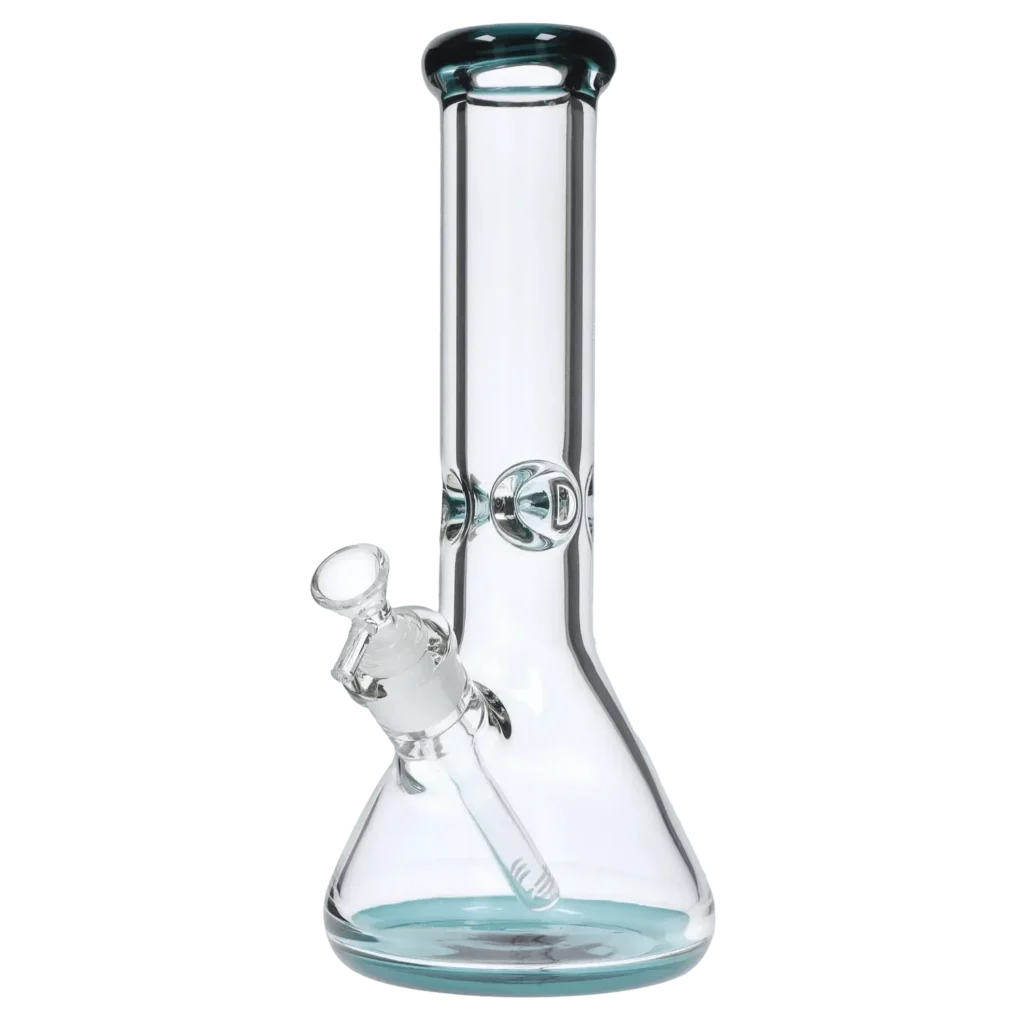
Percolator Bongs: Include one or more percolators (e.g., tree, honeycomb, or turbine) for enhanced filtration and smoother hits.

Recycler Bongs: Advanced designs with multiple chambers that recycle water and smoke, providing continuous filtration and cooling.
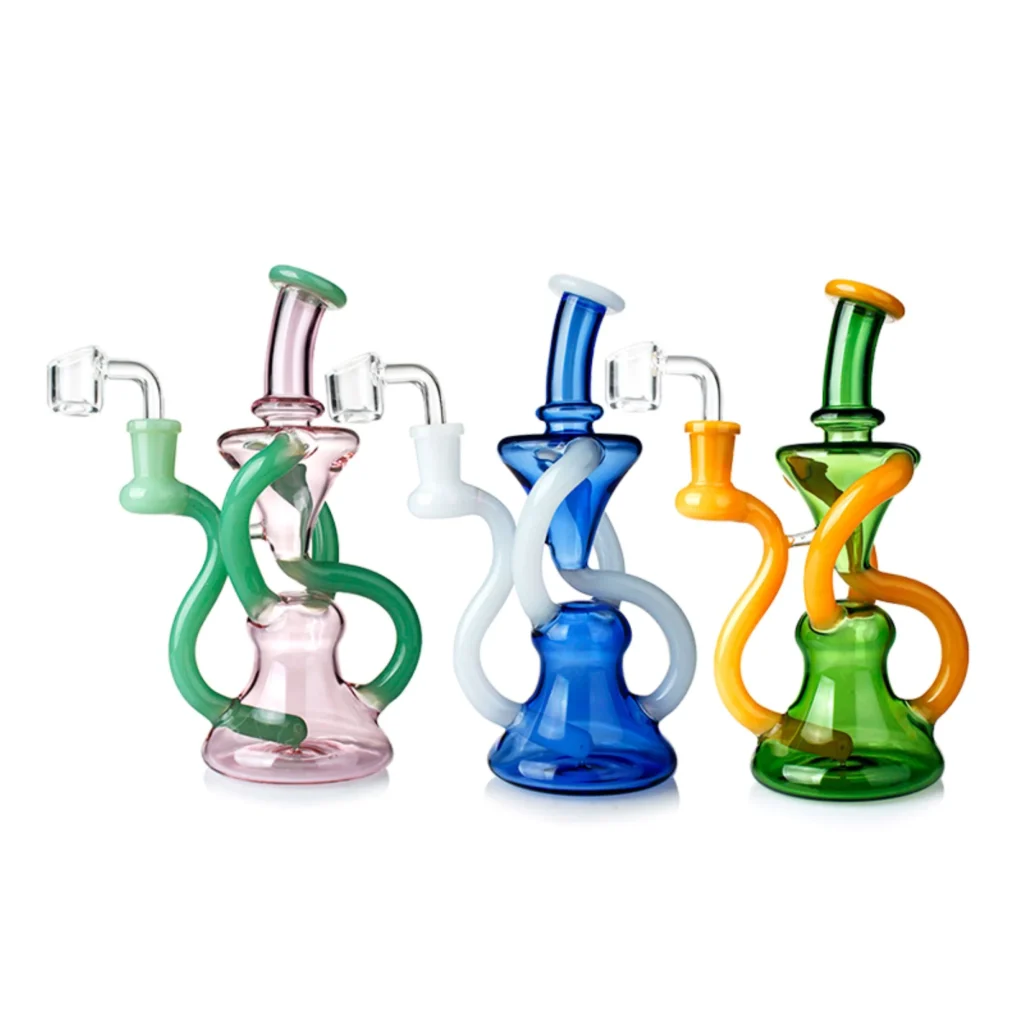
Mini Bongs: Compact and portable, designed for discreet use or travel.
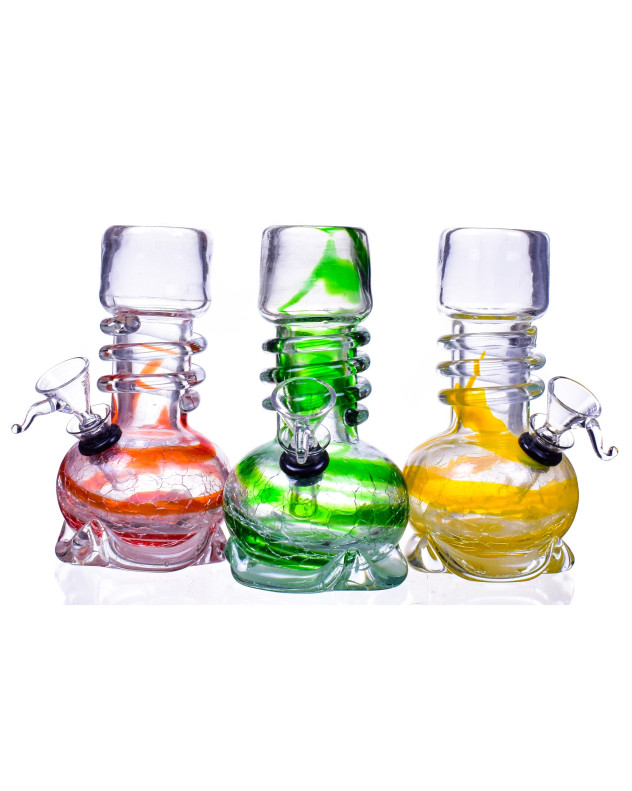
Gravity Bongs: Use water displacement and gravity to fill the chamber with smoke, often made from household items or specialized kits.
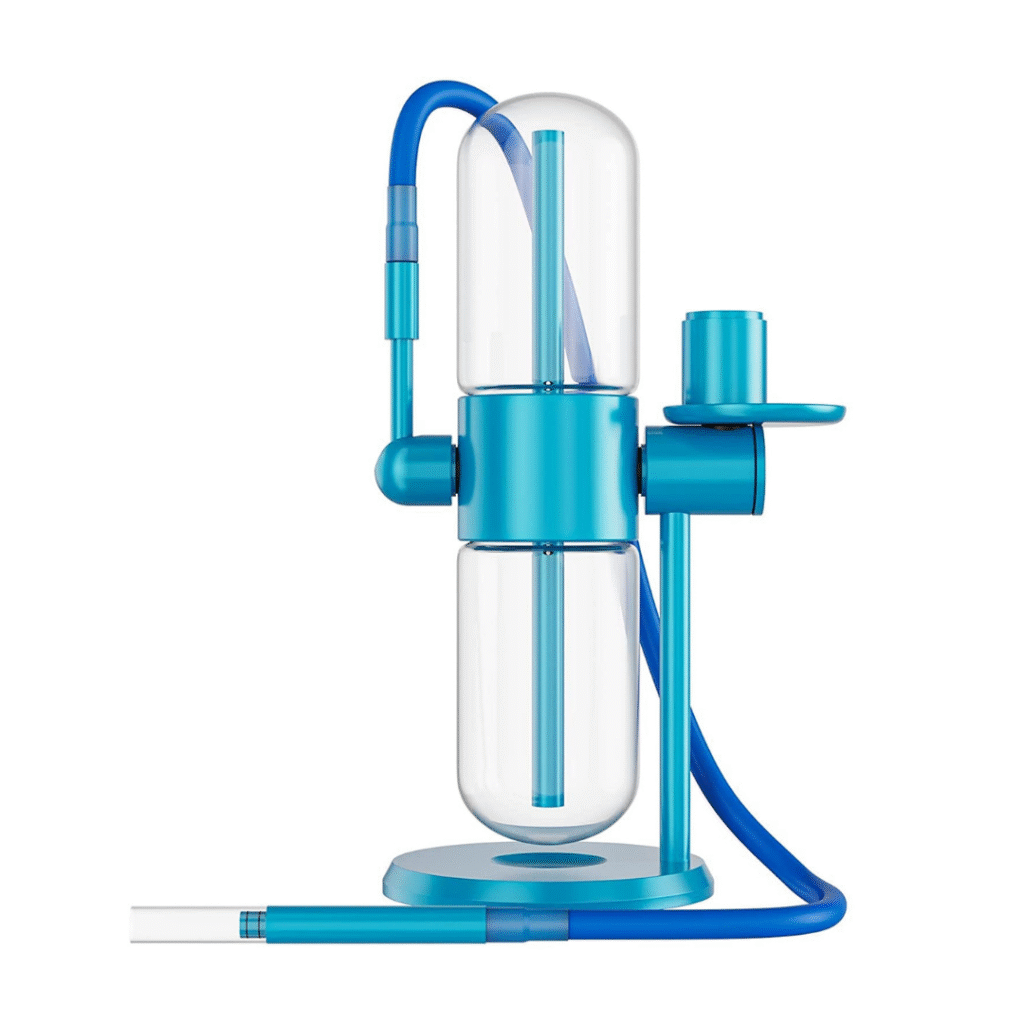
Multi-Chamber Bongs: Feature two or more chambers for additional filtration, resulting in ultra-smooth hits.
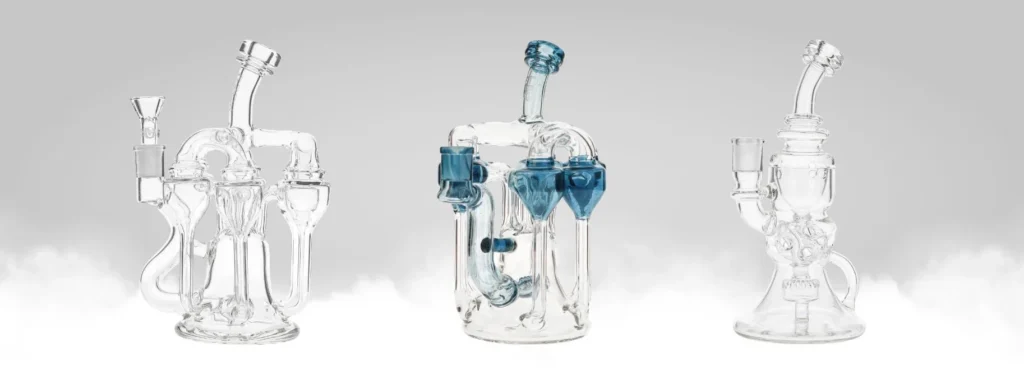
Artistic/Heady Bongs: Custom, hand-blown glass pieces with intricate designs, often considered collectibles.
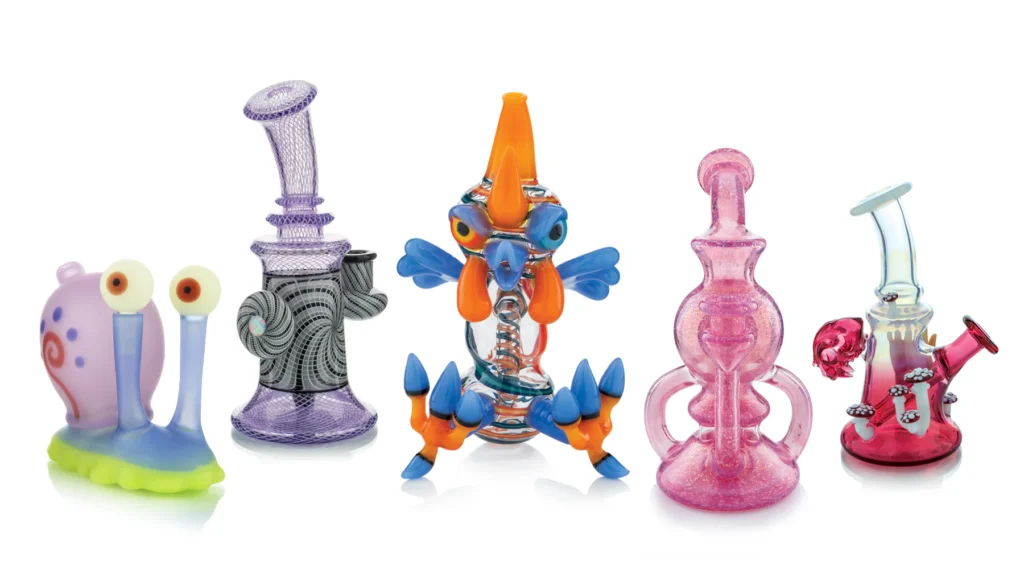
Each type caters to different needs, from portability and simplicity to advanced filtration and aesthetic appeal.
4. Functions of a waterpipe
waterpipes serve several key functions that enhance the smoking experience:
Filtration: Water traps ash, tar, and other particulates, reducing harmful substances in the smoke.
Cooling: Water and optional ice catchers lower the smoke’s temperature, making inhalation smoother and less irritating to the throat and lungs.
Diffusion: Percolators and chamber designs diffuse smoke into smaller bubbles, increasing surface area for better filtration and cooling.
Convenience: waterpipes provide a contained, reusable system for smoking, minimizing mess compared to rolling papers or pipes.
Customization: Features like percolators, ice catchers, and removable parts allow users to tailor the experience to their preferences.
These functions make waterpipes a preferred choice for those seeking a cleaner, smoother smoking experience.
5. How to Use a waterpipe
Using a waterpipe involves a straightforward process, but proper technique ensures optimal results. Here’s a step-by-step guide:

Fill with Water: Pour water into the chamber through the mouthpiece or downstem opening until the downstem is submerged about 1–2 cm (0.5–1 inch). Avoid overfilling to prevent splashing.
Prepare the Bowl: Grind the herb or tobacco to a medium-fine consistency using a grinder, then pack it loosely into the bowl to allow airflow. Attach the bowl to the downstem.
Ignite the Material: Hold the waterpipe steady, place your mouth on the mouthpiece, and light the material in the bowl with a lighter or hemp wick while inhaling gently.
Inhale and Clear: As smoke fills the chamber, inhale steadily. If the pipe has a carb hole, cover it during inhalation and release it to clear the chamber. For pipes without a carb, remove the bowl to clear the smoke.
Exhale and Repeat: Exhale the smoke and repeat as desired, ensuring not to overpack the bowl or overfill the chamber.
Tips: Use room-temperature water for standard filtration or cold water/ice for extra cooling. Always empty and rinse the pipe after use to prevent residue buildup.
6. Cleaning and Maintenance
Regular cleaning is essential to maintain a waterpipe’s functionality, hygiene, and taste. Here’s how to clean one:
Disassemble: Remove the bowl, downstem, and any detachable parts.
Empty and Rinse: Pour out used water and rinse the chamber with warm water to remove loose debris.
Soak: Submerge glass or metal parts in a solution of isopropyl alcohol (90% or higher) and coarse salt, or use a commercial bong cleaner. Let soak for 10–30 minutes to loosen resin.
Scrub: Use pipe cleaners, bottle brushes, or a toothbrush to scrub the chamber, downstem, and bowl, focusing on sticky areas.
Rinse Thoroughly: Rinse all parts with warm water to remove alcohol, salt, or cleaner residue.
Dry: Air-dry or use a clean cloth to ensure no moisture remains, preventing mold or bacteria growth.
Special Considerations: For silicone pipes, use dish soap and warm water to avoid degrading the material. Ceramic or wooden pipes may require gentler cleaning to avoid damage.
Clean the waterpipe after every few uses or when the water becomes cloudy to ensure a fresh, flavorful experience.
7. Advantages and Disadvantages
Advantages:
Smoother hits due to water filtration and cooling.
Customizable designs with percolators, ice catchers, etc.
Reusable and durable with proper care.
Aesthetic appeal, especially with glass or artistic designs.
Disadvantages:
Requires regular cleaning to prevent residue buildup.
Less portable than other smoking methods (e.g., pipes or joints).
Fragile materials like glass can break if mishandled.
Initial cost can be high for premium or artistic models.
8. Choosing a waterpipe
When selecting a waterpipe, consider the following factors:
Material: Glass for purity and aesthetics, acrylic or silicone for durability and portability.
Size: Mini bongs for portability, larger bongs for home use with better filtration.
Percolation: More percolators mean smoother hits but may increase drag and cleaning effort.
Budget: Basic acrylic bongs cost $10–$30, while high-end glass bongs range from $50–$500+.
Intended Use: Simple designs for beginners, advanced models (e.g., recyclers) for experienced users.
Brand and Quality: Reputable brands ensure food-grade materials and better craftsmanship.
Test different designs if possible, and prioritize ease of cleaning and durability for long-term use.
Conclusion
A waterpipe is a versatile and effective smoking device that uses water to filter and cool smoke, offering a smoother experience for herbs, tobacco, or other substances. With a rich history, diverse materials (glass, acrylic, silicone, etc.), and various types (straight tube, percolator, recycler), waterpipes cater to a wide range of preferences. Their components, like bowls, downstems, and percolators, work together to enhance filtration and customization. Proper use, regular cleaning, and awareness of legal considerations ensure a safe and enjoyable experience. Whether for recreational, medicinal, or cultural purposes, waterpipes remain a staple in smoking culture, blending functionality with artistic expression.
FAQs:
What Is The Difference Between a waterpipe and a Bong?
A bong is a type of waterpipe, typically larger, designed for cannabis with a straight tube or beaker shape and direct inhalation. Waterpipe is a broader term, encompassing bongs, hookahs, and other devices that use water to filter smoke, with varied designs for cannabis, shisha, or tobacco. Bongs focus on potent hits and cannabis culture, while waterpipes include more diverse, sometimes milder smoking experiences.
What Are The Advantages Of Using a waterpipe vs a Bong?
Waterpipes, encompassing hookahs and bubblers, offer versatility for shisha, tobacco, or herbs, milder smoke, and portability compared to bongs, which are designed for potent cannabis hits. Hookahs enable social sharing with hoses, and waterpipes provide varied filtration for smoother smoke. Bongs excel in delivering strong, direct hits, while waterpipes cater to diverse, often milder smoking experiences.
Can I Fit More Marijuana In a waterpipe vs a Bong?
Bongs, a type of waterpipe, typically have larger bowls and chambers, allowing you to pack more marijuana than other waterpipes like hookahs or bubblers, which use smaller bowls for shisha or herbs. However, the amount depends on the specific design—larger bongs hold more than compact water pipes. Always use responsibly and check local laws.
Is a water pipe a hookah?
A hookah is a type of waterpipe, but not all waterpipes are hookahs. Waterpipes broadly include devices like bongs, bubblers, and hookahs that use water to filter smoke. Hookahs are designed for smoking flavored shisha, often with hoses for social use, while other waterpipes, like bongs, focus on cannabis or herbs with direct inhalation. The distinction lies in design and intended use.

